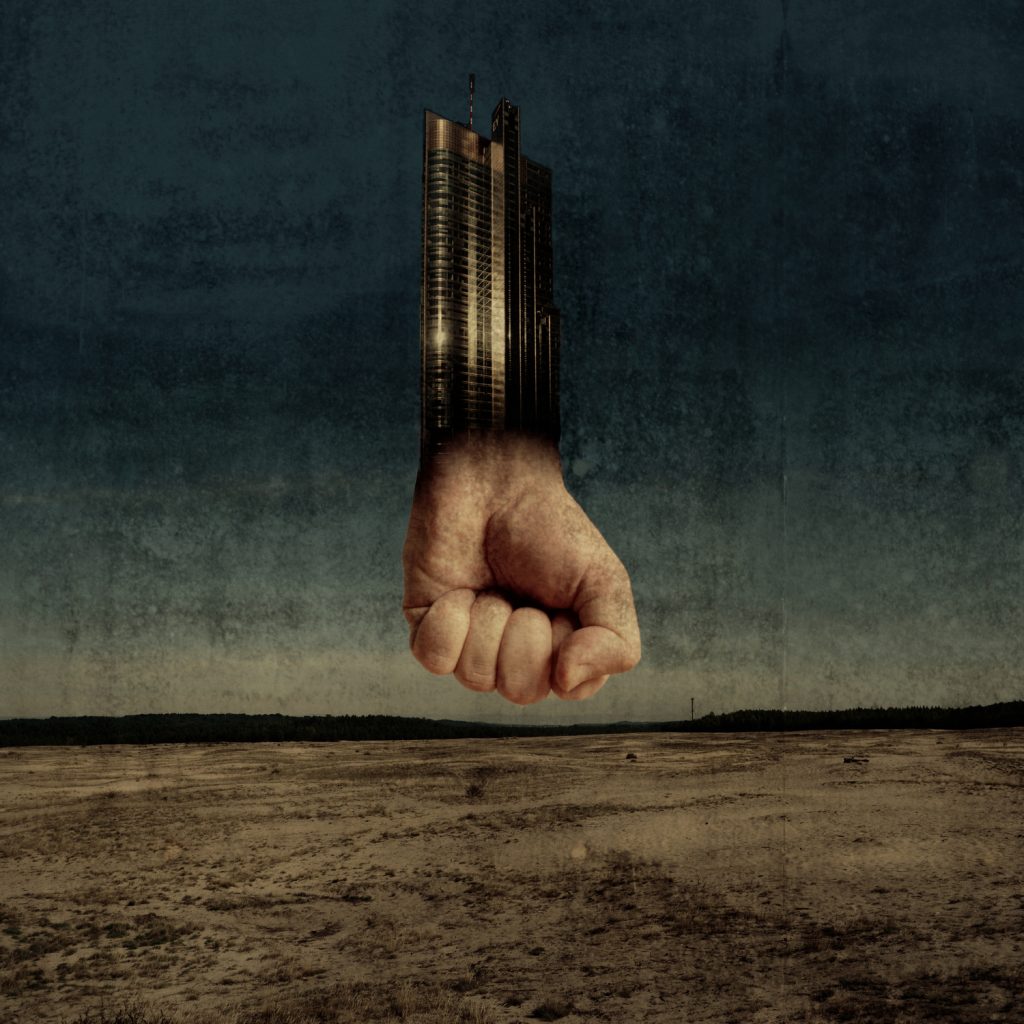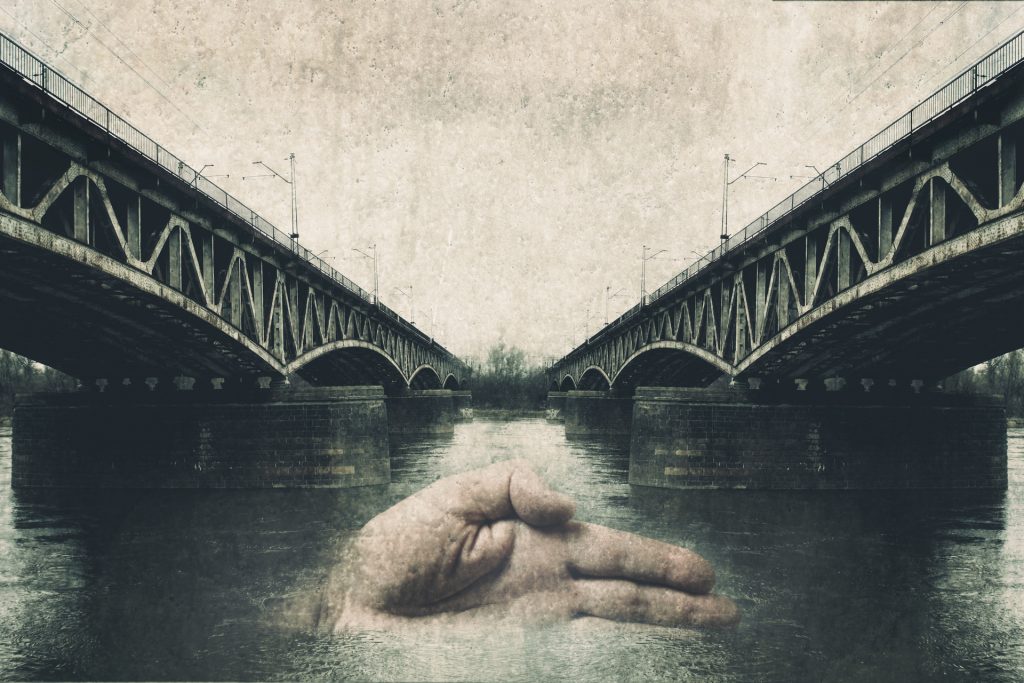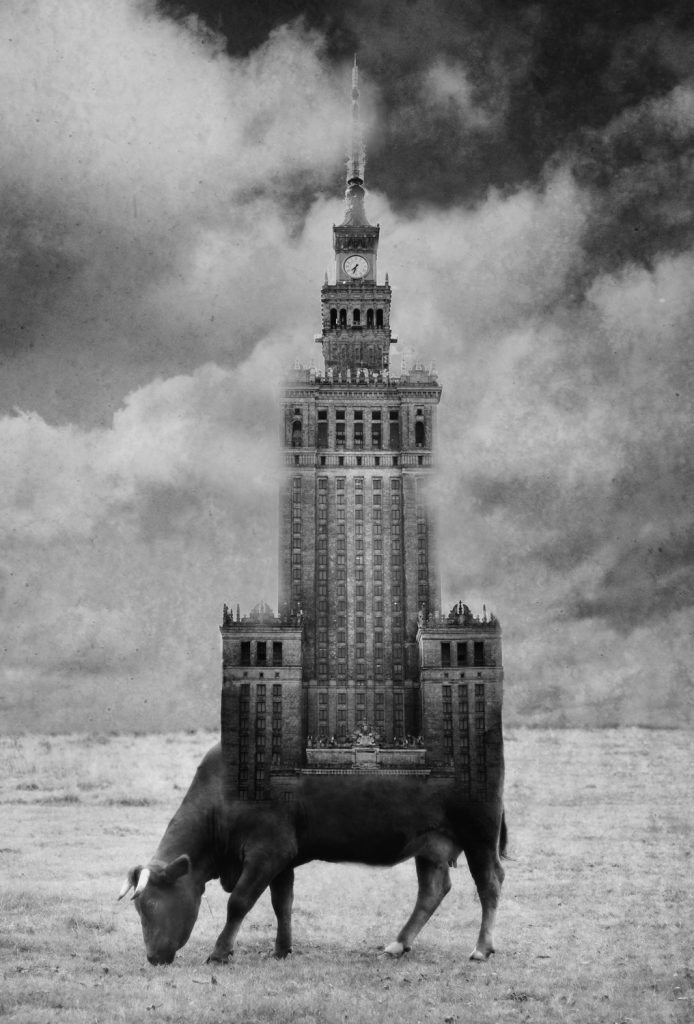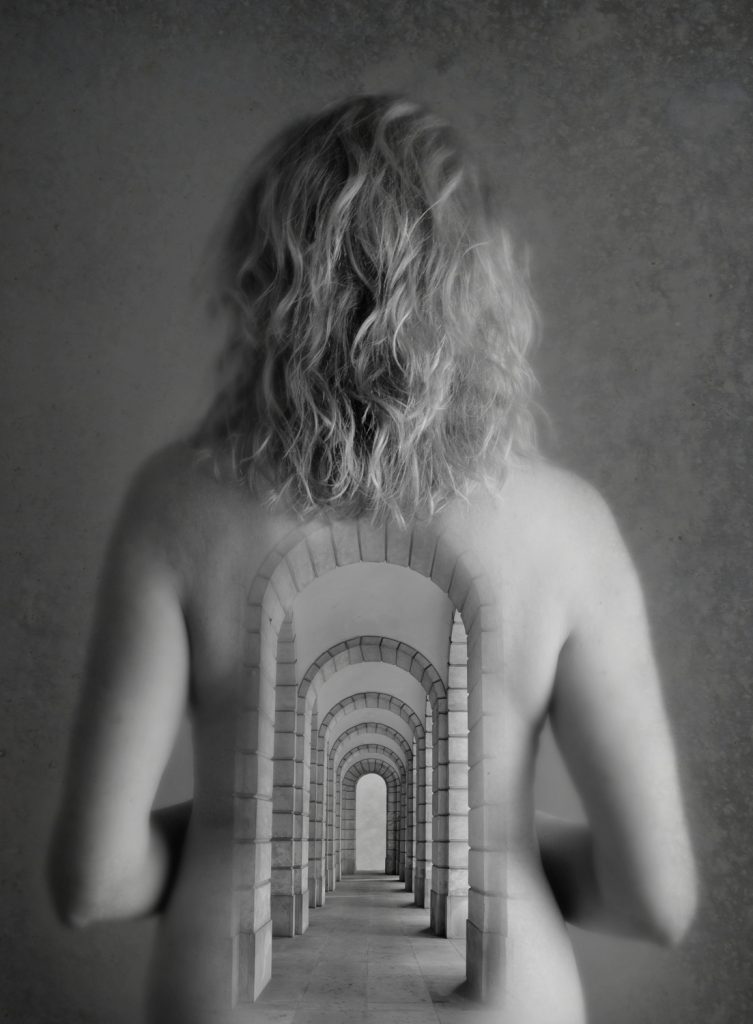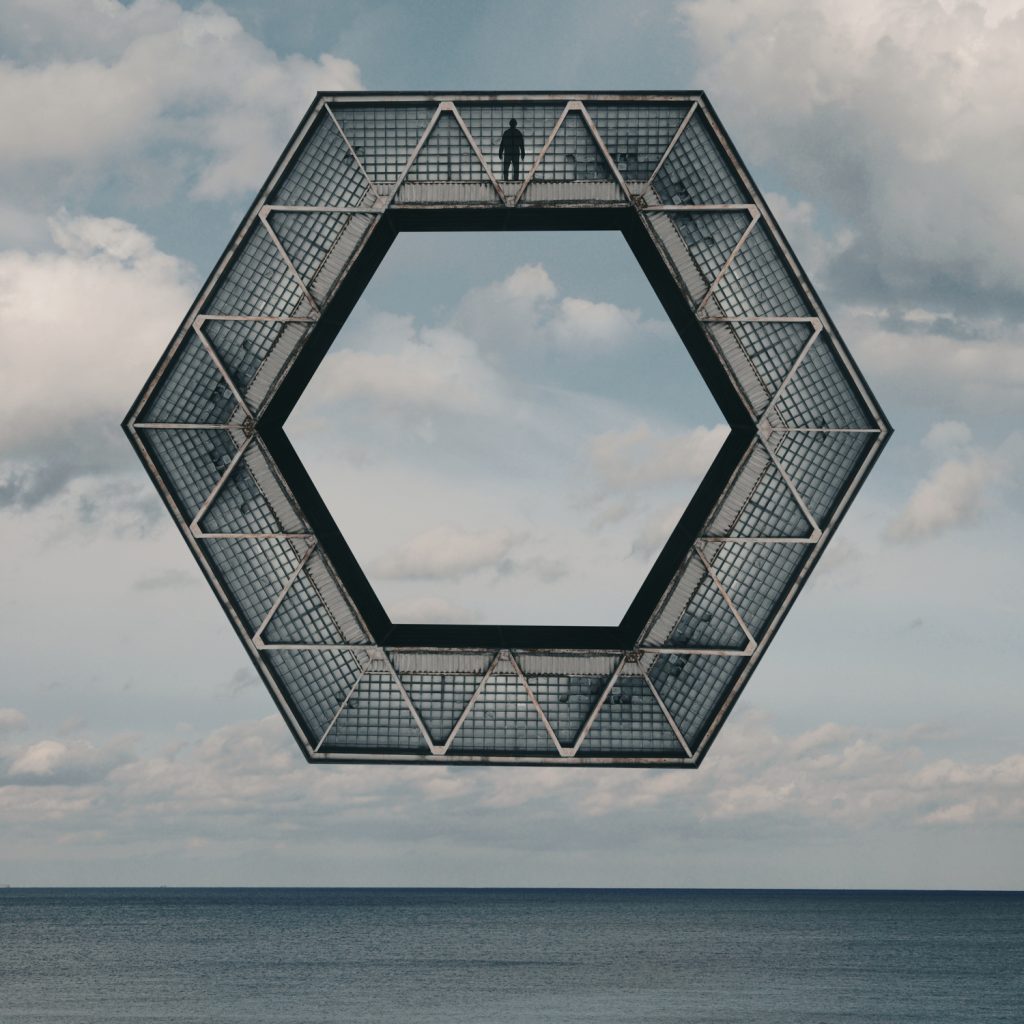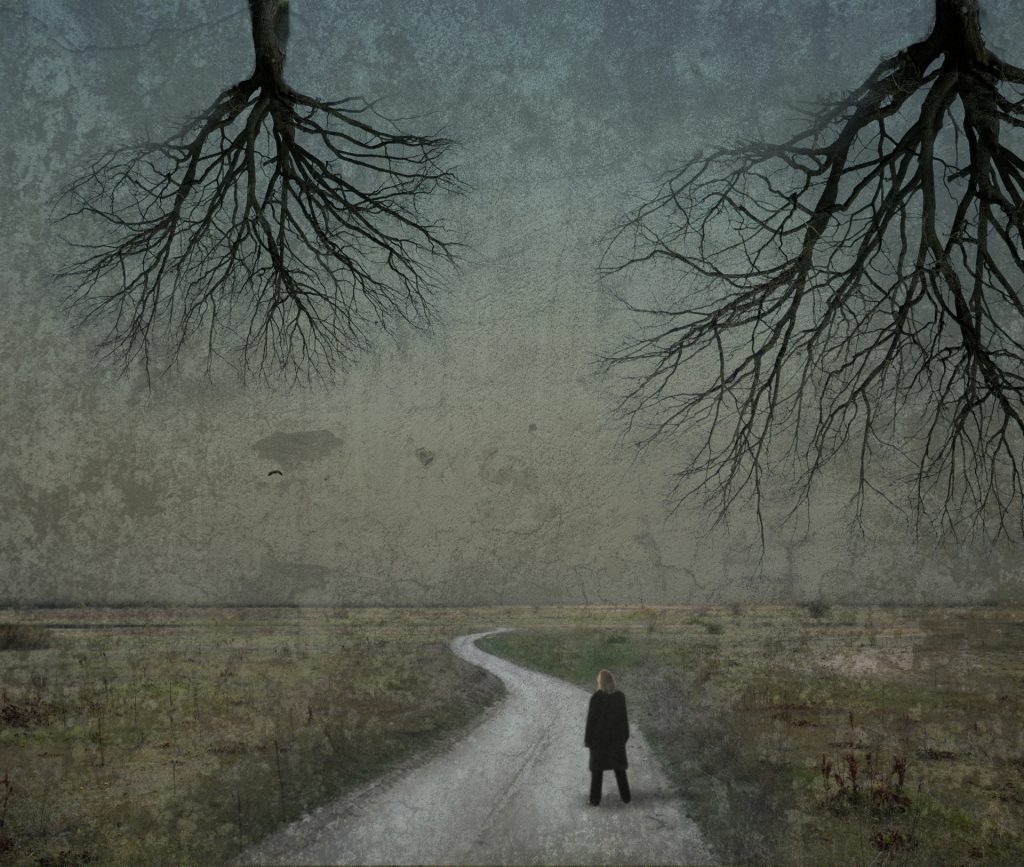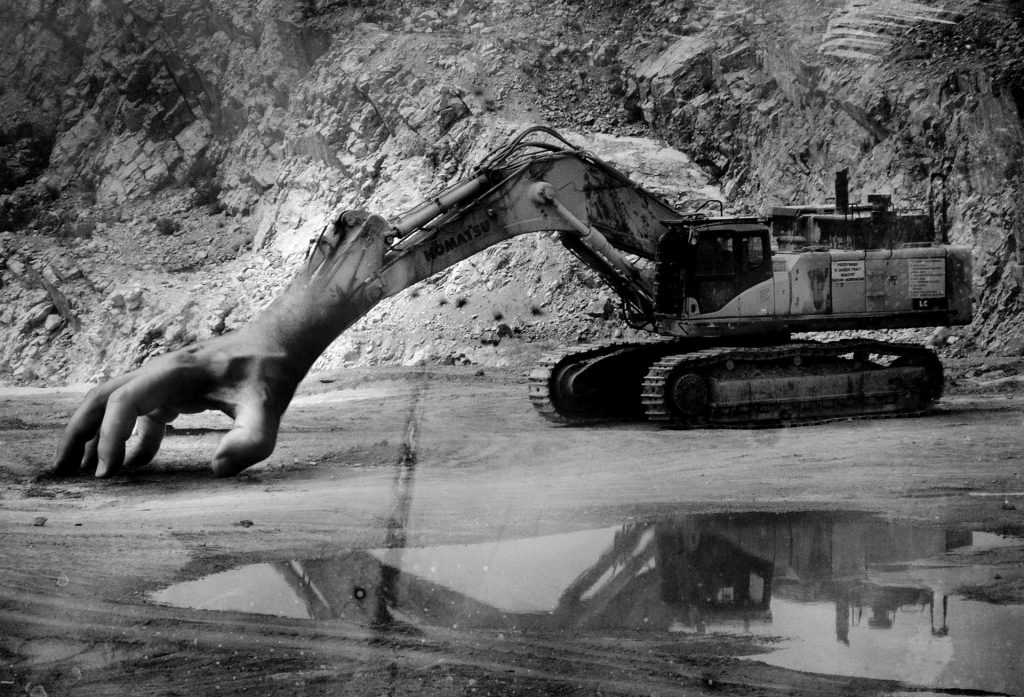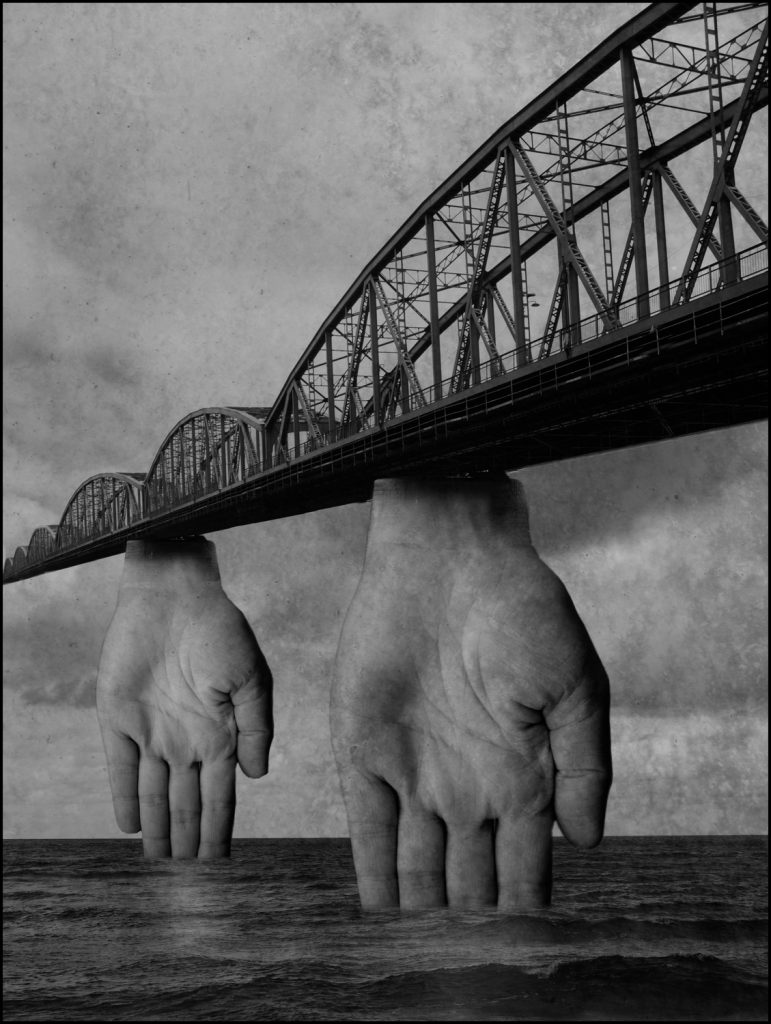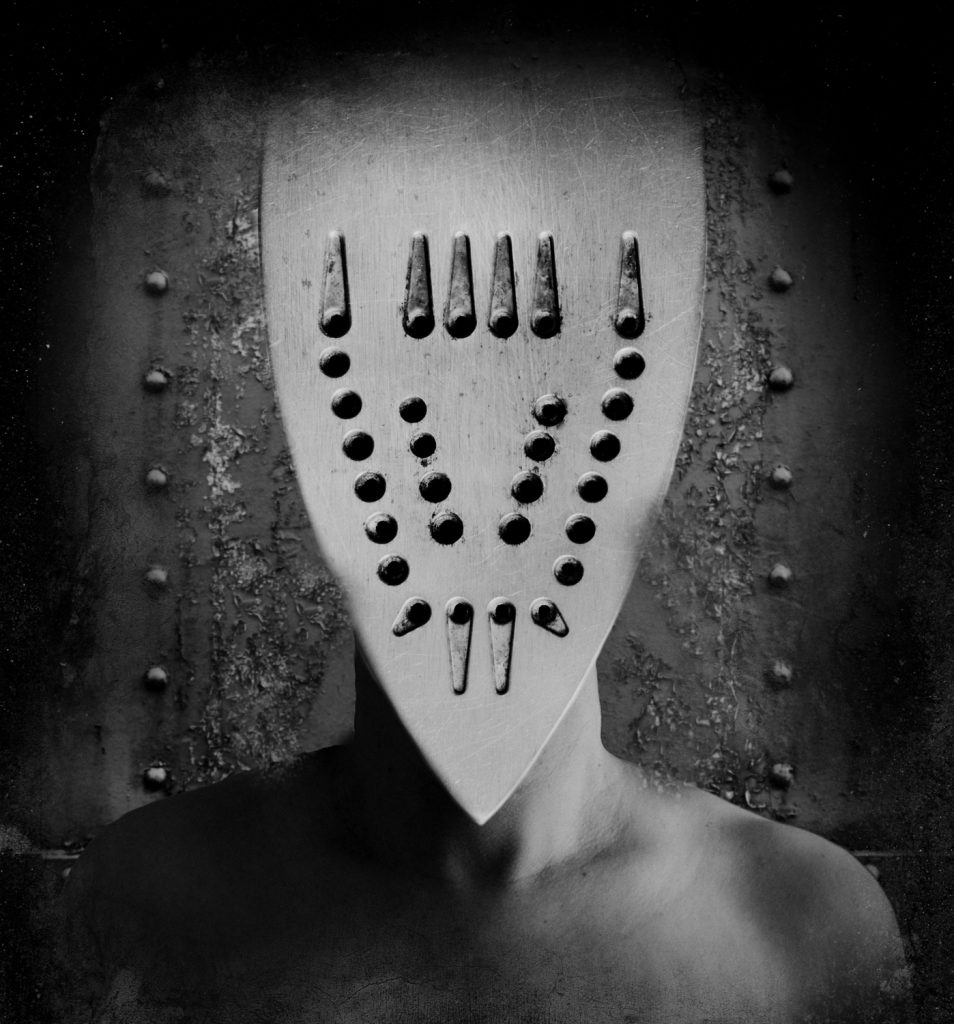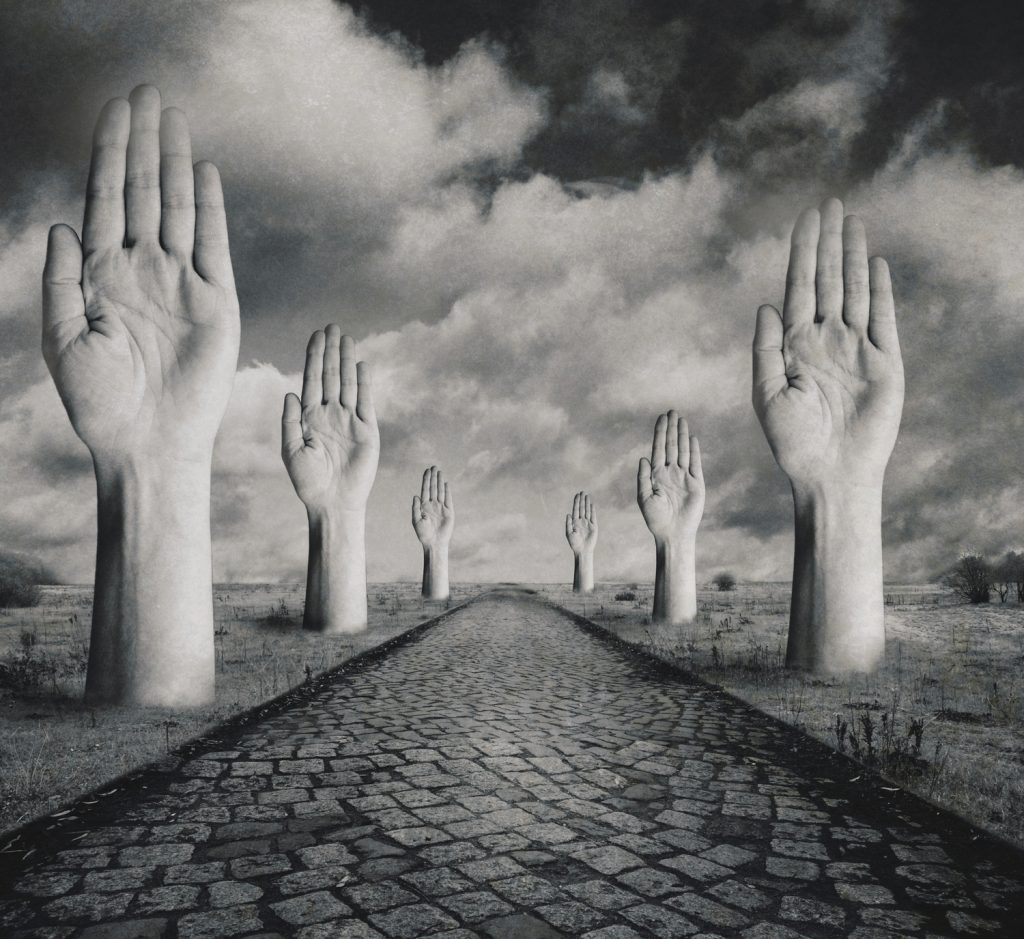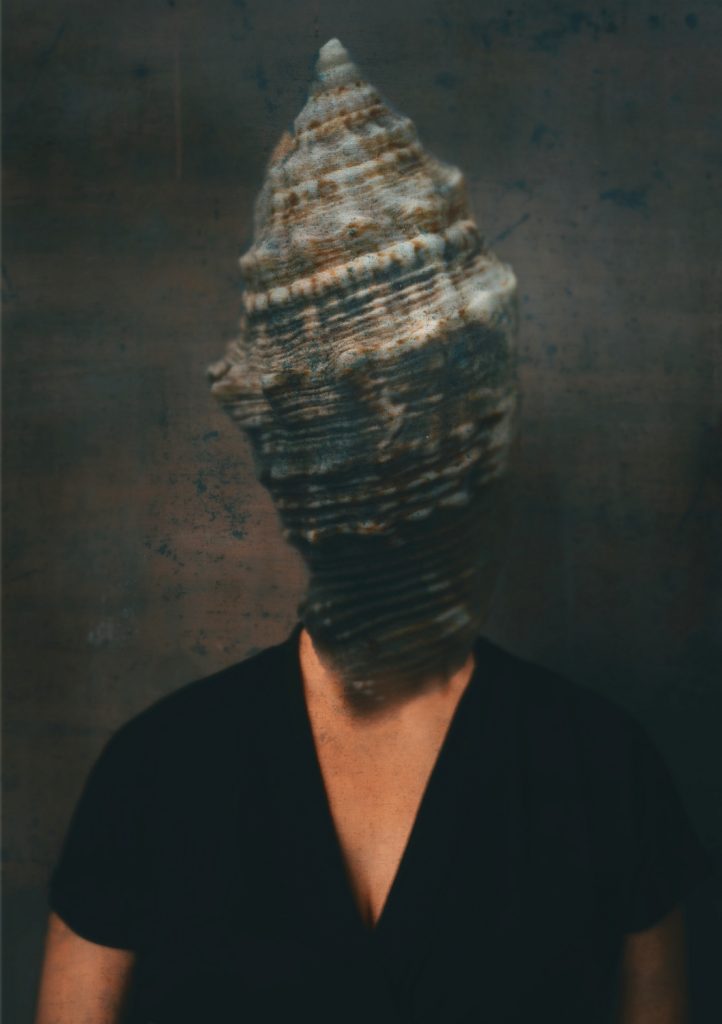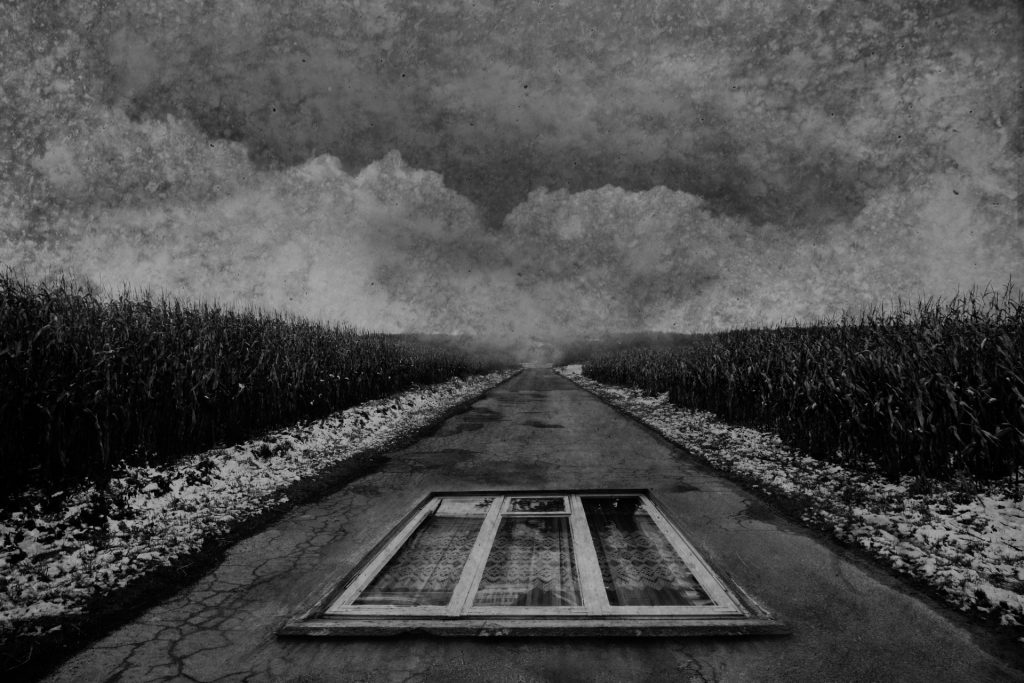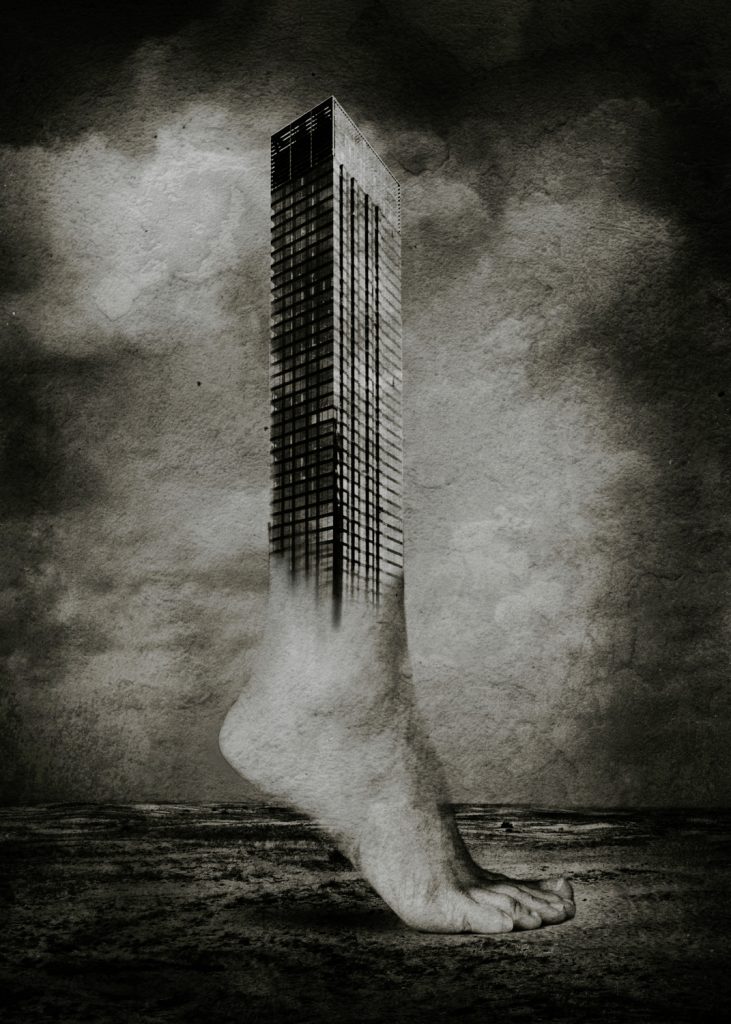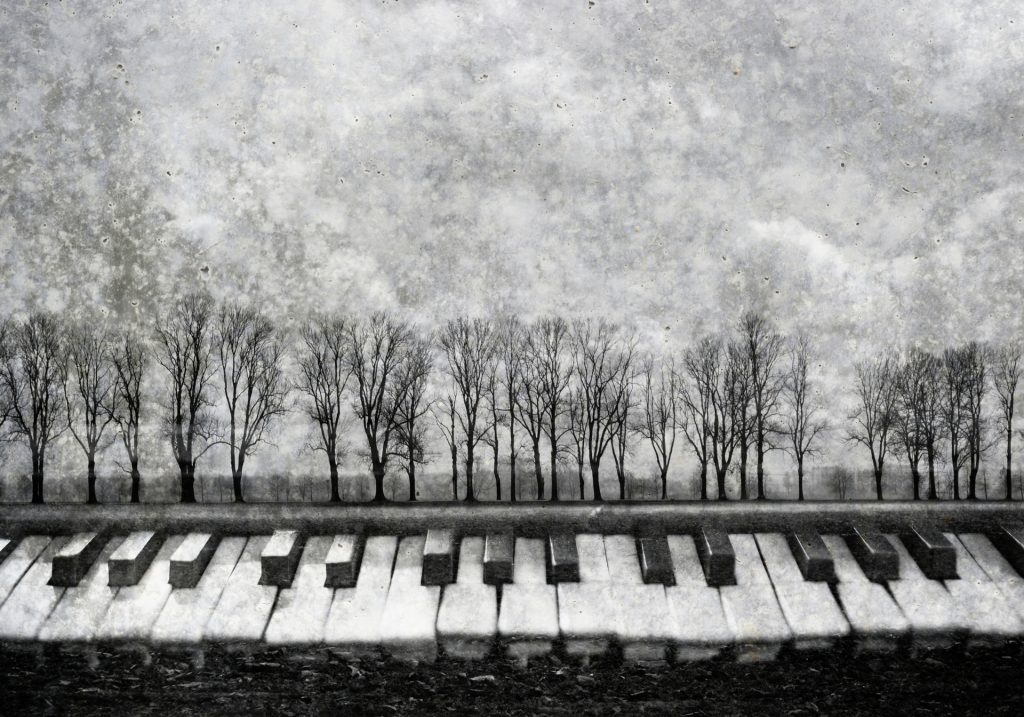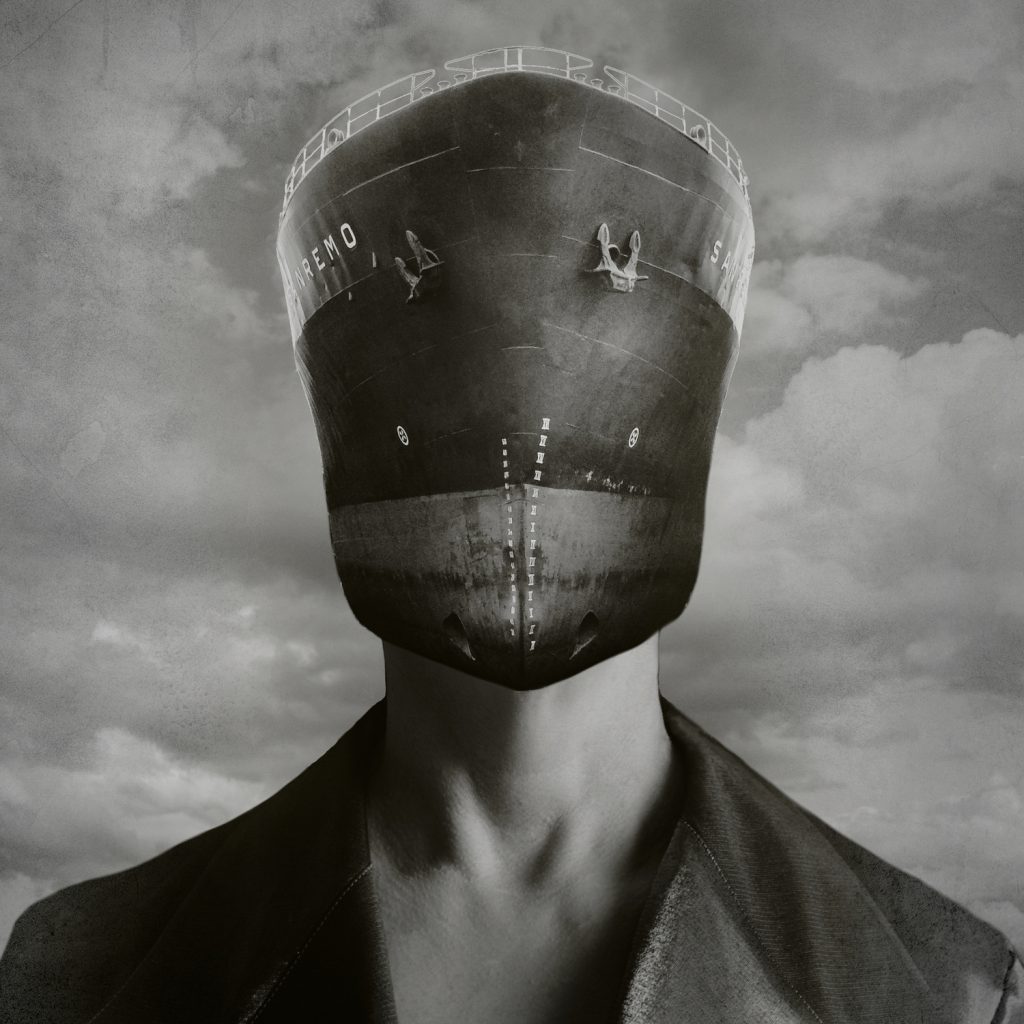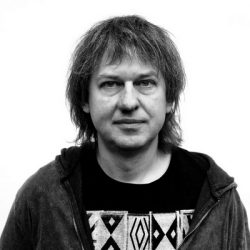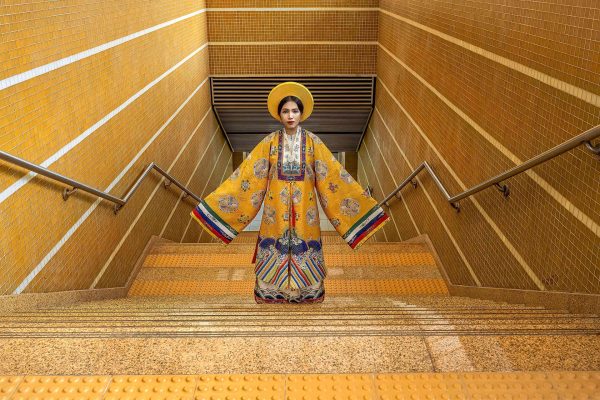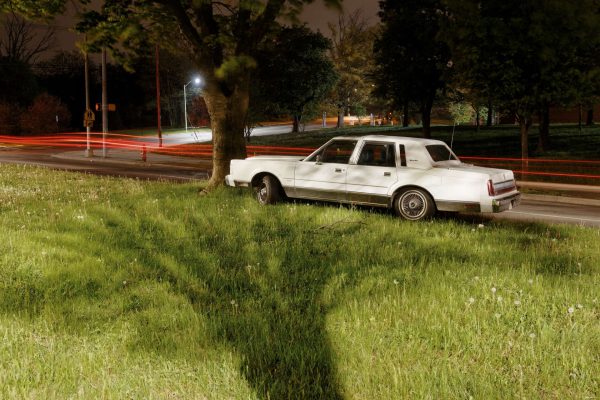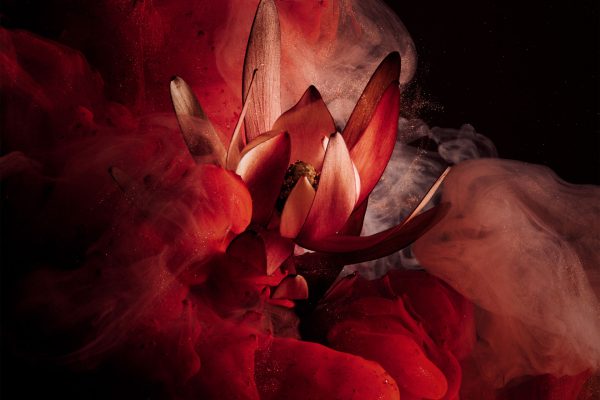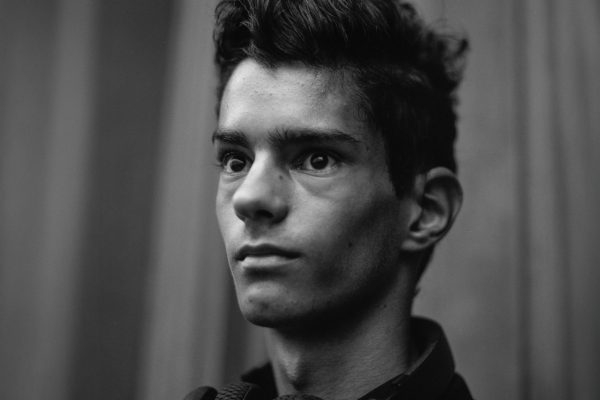Polish photographer Andrzej Wojciechowski invites us into Dream Atlas, a carefully sequenced suite of images that behave less like a traditional photo series and more like stanzas in an extended visual poem. These are photographs that sit somewhere between presence and absence, dream and memory, object and metaphor. Rooted in minimalism and a meditative, ascetic visual language, Dream Atlas offers a space where the viewer is asked not to interpret, but to pause—and to feel.
Wojciechowski writes: “I am fascinated by the use of a timeless language of symbols and archetypes, many of which have roots in the very beginnings of our culture. My works talk about the relationship between man and civilization, his body and technology. What is important to me is the form of photos based on minimalism and an ascetic, meditative form.”This intention echoes throughout the work. Whether it’s a figure whose head has been replaced by the iron plate of a machine, or a solitary walker crowned by the silhouette of a tree, Wojciechowski conjures a strange stillness—an in-between state where the lines separating human and structure, dream and device, begin to blur.
The tension in the work comes not from drama, but from silence. Symbols we vaguely recognise—from ancient myths, religious rituals, or Cold War-era science fiction—float free of their original contexts, stripped down and reassembled in unfamiliar ways. Each image seems to function as a kind of visual glyph, not pointing toward narrative resolution but instead toward something older and more intuitive. These are not stories, but states of being.
There’s a powerful restraint at play. A deer stands frozen beneath a sky textured with grain. A geometric bridge spans an abyss, becoming a kind of threshold between worlds. A concrete structure emerges like a ruin or a relic from an unspecified future. The images are sparse in detail, but dense in atmosphere. Monochrome and muted colours dominate the frame, reinforcing the sense that what we’re seeing might not exist in a literal time or place at all—but somewhere just outside of language.
Dream Atlas is ultimately a project about dislocation and orientation. It asks: how do we navigate a world where technology and mythology are beginning to look increasingly alike? And what happens when we strip back everything but the essentials—form, gesture, light—in order to ask that question?
Wojciechowski offers no fixed coordinates. What he gives us instead is a map of inner space—a constellation of quiet symbols suspended somewhere between body and machine, solitude and society, memory and dream.



